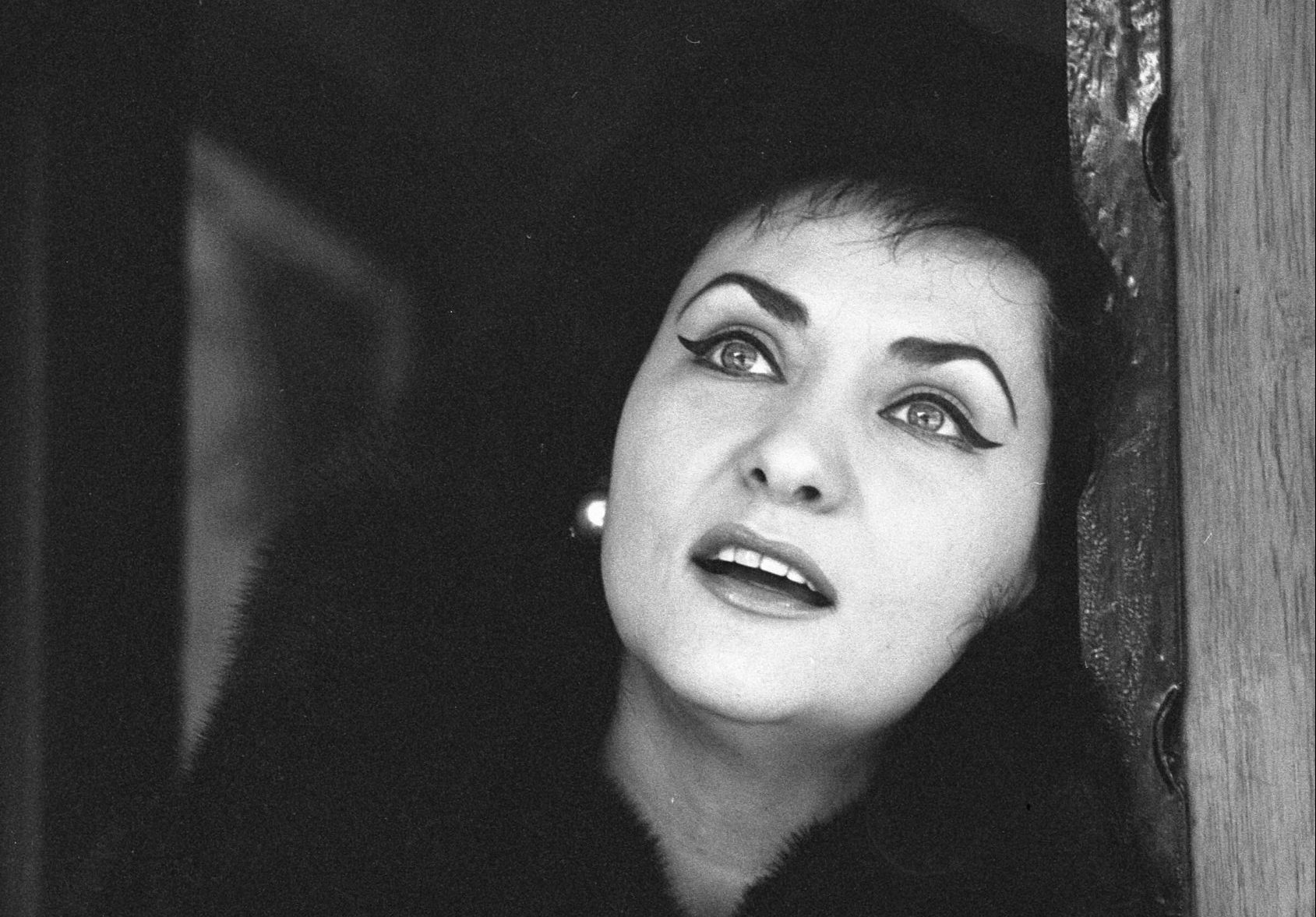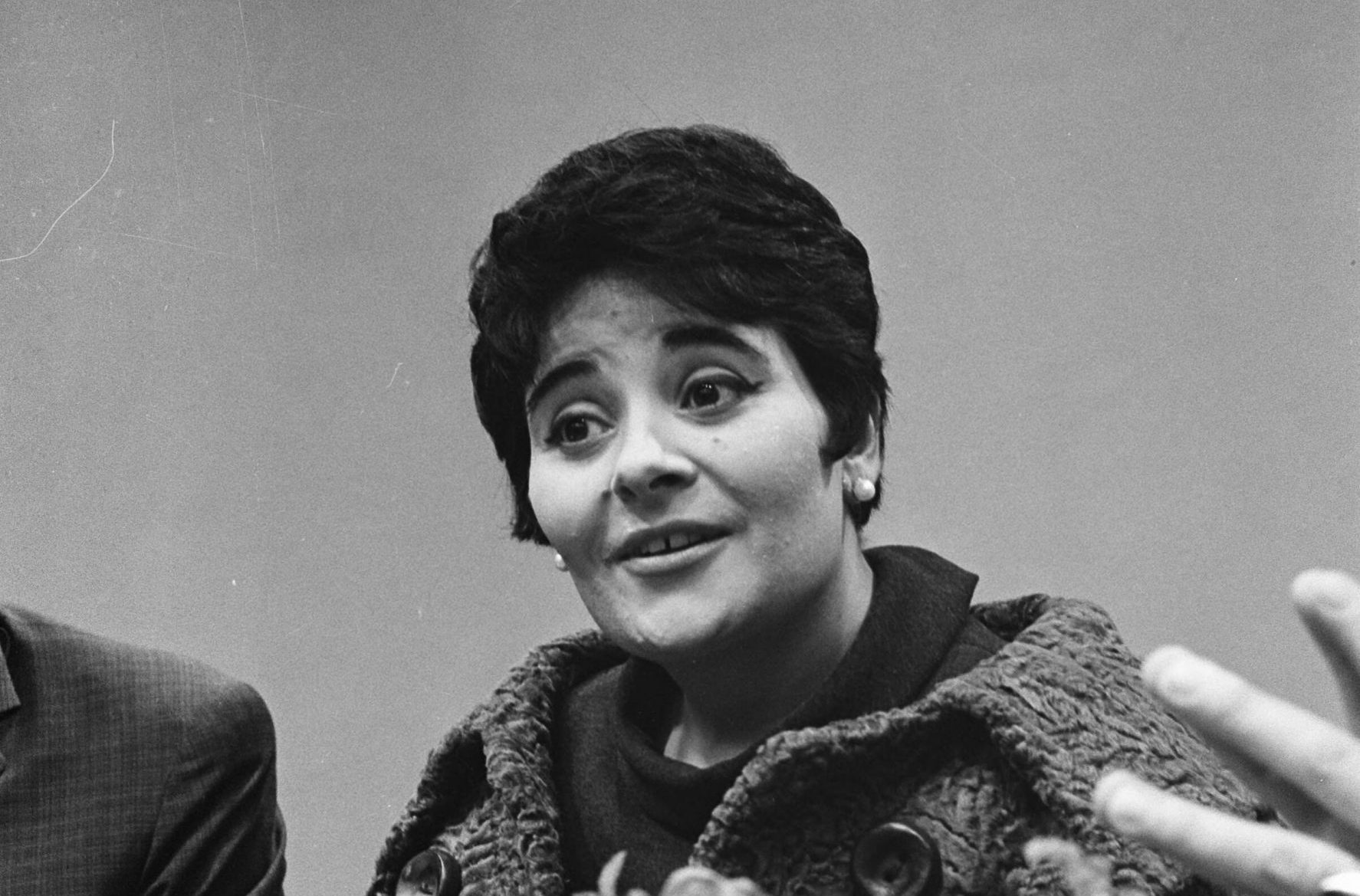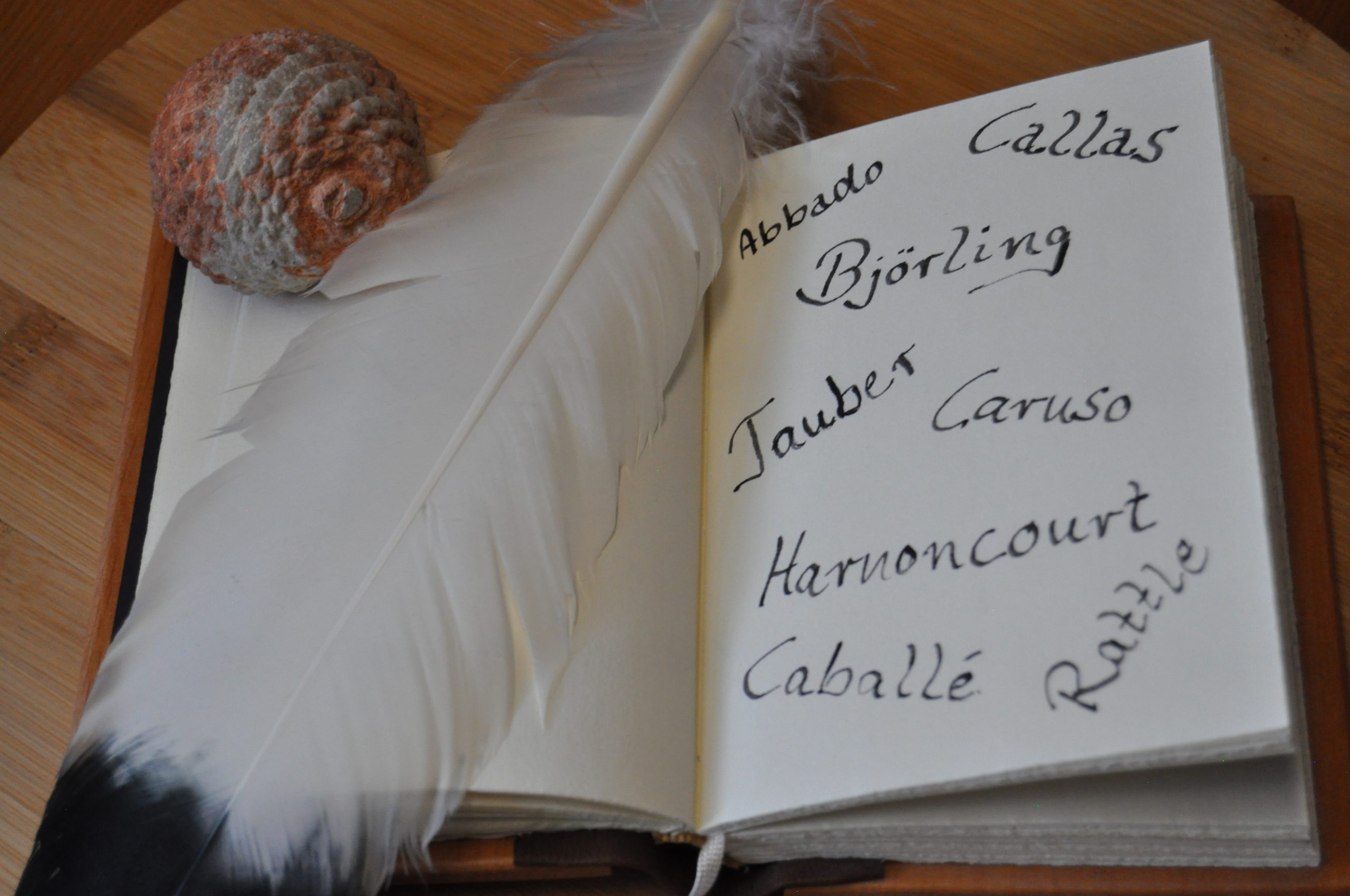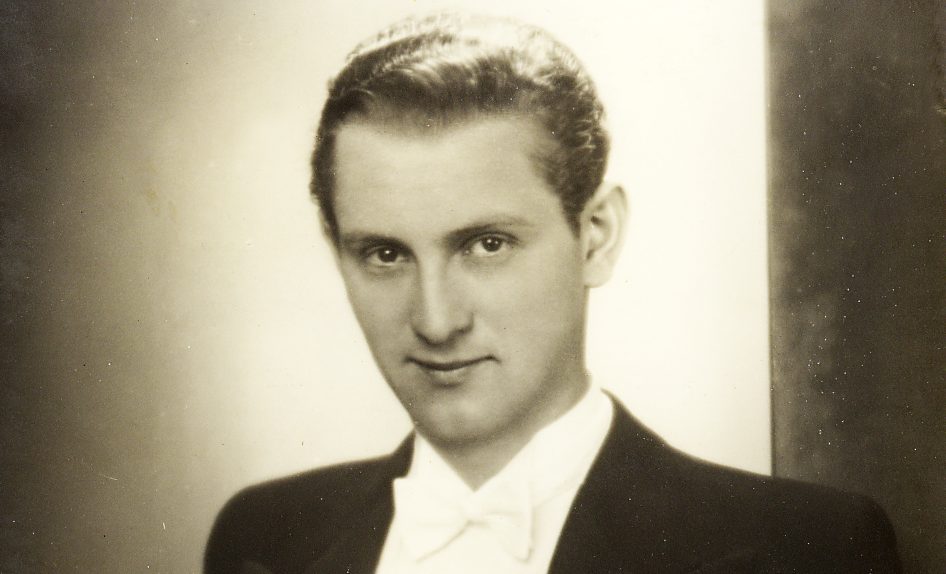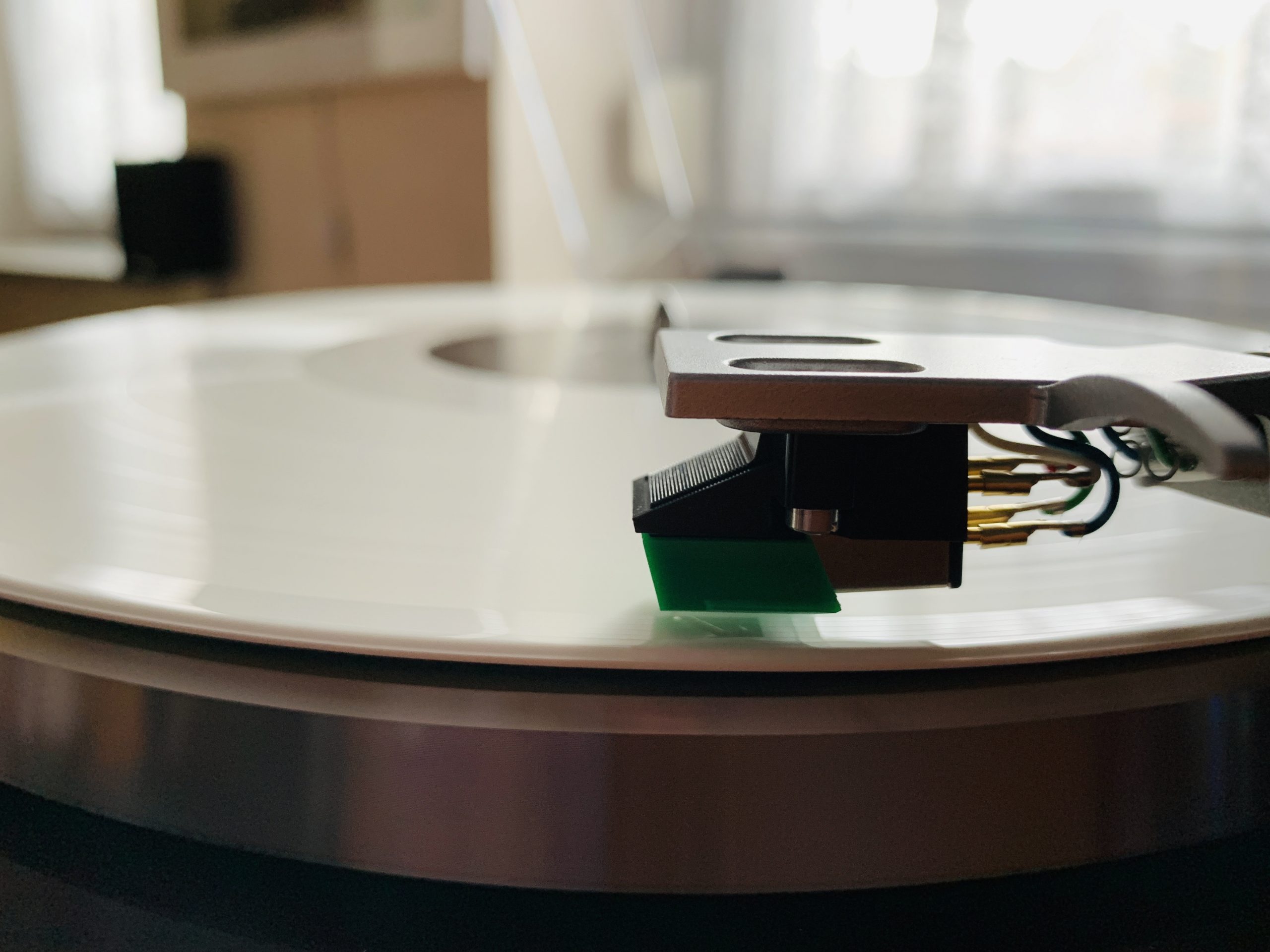Part one
“They were sent from heaven” wrote Birgit Nilsson in her memoirs, looking back on the fortunate circumstance that one day in the early 1940s a wealthy couple visited Nilsson’s parental farm and gave the young singer the opportunity to fulfill her dream of studying at the Royal Academy of Music in Stockholm.
The couple offered the young Birgit Nilsson to live in their villa in Stockholm for the duration of her studies – for Nilsson, it was the only way to pursue her dream of one day becoming a famous singer. Although her parents had recognised her vocal talent, they were not prepared to support their daughter in her dream. For her father Nils Svensson, the farm was the only purpose in life – her mother Justina “Stina” Pälson gave her daughter her first small musical instruments at a very young age, but at first she was not convinced that her daughter was destined for a great career as a singer. Nevertheless, Birgit Nilsson was convinced that her parents only wanted the best for her – at that time it was anything but common for the daughter of a farmer from the Swedish countryside to strive for a career as an opera singer.
It was only later that Nilsson learned about the generally praised singing technique of “deep breathing”.
“Pneumatic Pressure on the Vocal Chords” – Dangers for a Young Voice
At the beginning of her time at the Royal Academy of Music in Stockholm, she had a singing teacher who immediately gave her one of the most difficult arias ever to practise: Nilsson was to sing “Casta Diva” from Bellini’s Norma, which was usually only sung by singers who were already very experienced in singing. It was extremely unusual to present a young voice student with the huge challenge of this aria right at the beginning of her studies: One of her first singing teachers used a quite unorthodox singing technique which, according to her memoirs, almost put Nilsson’s voice in danger.
This singing technique led to Nilsson’s voice being completely exhausted by the end of the first semester: in particular, the “pneumatic pressure” that Nilsson applied to her vocal cords on the instruction of her singing teacher had a devastating effect. This technique is extremely unsuitable if one is aiming for a long singing career, because although it is effectful, it exerts relentless pressure on the vocal cords. It was only later that Nilsson learned about the generally praised singing technique of “deep breathing”, in which the vocal cords were spared as much as possible with all the strain.
For the duration of her career, Nilsson was therefore extremely critical when it came to singing teachers – according to her memoirs, Nilsson later taught herself much of her singing technique. Her only really helpful singing lessons were with Ragnar Blennow, who gave the young soprano private singing lessons in her home community and is considered the discoverer of her voice.
Dramatic soprano
On 9 October 1946, Birgit Nilsson made her debut on an opera stage after five years of study: she performed the role of Agathe from Carl Maria Weber’s Freischütz at the Stockholm Opera. The critics made friends with the young singer, and she was attested that she would most likely develop into a dramatic soprano. The day after the premiere, Nilsson could hardly believe that she had just stood on an opera stage for the first time in her life – right from her first opera appearance she had secured the favour of the critics. This was not least thanks to her sound training. Her parents were also convinced by now that singing would be the right path for their daughter and followed her daughter’s career path with great joy.
The Stockholm Opera was to be Birgit Nilsson’s artistic home for over a decade: It became apparent that Nilsson would soon be accepted into the permanent ensemble of the Stockholm Opera…

Lady Macbeth
When Birgit Nilsson made her debut in the role of Lady Macbeth in 1947, critics noted that her voice was “too beautiful” for the role of Lady Macbeth. This statement was based on a letter by Verdi in 1847, in which he formulated that a singer does not need a beautiful voice for the role of Lady Macbeth, but rather the “voice of a devil”. Nilsson analysed in her memoirs that Verdi’s statement could not be justified artistically, but rather that Verdi himself had a mistress at the time whom he had promised that she would one day be allowed to play the role of Lady Macbeth. Consequently, the composer of the opera wanted to wrest the role from any other singer, however beautiful her voice. Nilsson held that the role of Lady Macbeth was one of those roles in Italian opera that required a particularly beautiful voice with a great deal of vocal finesse to interpret. Birgit Nilsson’s voice, which was developing more and more into a dramatic soprano, was able to perfectly fulfill all the demands that the composer Guiseppe Verdi had placed on the role of Lady Macbeth.
Her interpretation of Lady Macbeth is considered Birgit Nilsson’s breakthrough. The German conductor and opera director Fritz Busch, who was also involved in the production of Macbeth in 1947, played a decisive role in Birgit Nilsson’s breakthrough.
Birgit Nilsson was initially reluctant to accept engagements abroad – she preferred to first establish a reputation as a renowned opera soprano in Sweden.
Guest performances at European and international level
Birgit Nilsson, the opera singer who was ridiculed by some as a “provincial soprano” at the beginning of her studies, had made it: in 1948 she became a member of the ensemble at the Stockholm Opera. Her brilliant performance of Lady Macbeth also attracted international attention to the soprano: but Birgit Nilsson was initially reluctant to accept engagements abroad – she preferred to first establish a reputation as a renowned opera soprano in Sweden before she would go on to the international stage. Nilsson’s first engagement outside Sweden was a concert in Berlin in 1951 with Leo Blech as conductor.
In the 1950s, Nilsson established a reputation in Sweden as a soprano par excellence, working with Ferenc Fricsay and Jussi Björling, among others.
In 1953, Nilsson made her debut at the Festspielhaus in Bayreuth, as soloist in Beethoven’s Ninth Symphony. It would not be the last time for her to perform in Bayreuth.
From then on, the Swedish soprano was in demand all over Europe: from 1954 onwards, she gave regular guest performances at the Vienna State Opera.
New paths
Even at this stage of her career, there were signs that she would one day become one of the leading interpreters of Richard Wagner’s operas: in 1954, she played the role of Elsa from Lohengrin in Bayreuth.
From the mid-fifties onwards, Birgit Nilsson’s international engagements increased: in 1956 she appeared at the Hollywood Bowl and at the opera houses of San Francisco and Chicago. Her performance at the 20,000-seat Hollywood Bowl was her American debut. After Nilsson had established herself as an extremely sought-after opera singer in Sweden, it was also understood at the Stockholm Opera that they could no longer have the drawing card of Birgit Nilsson at the Stockholm Opera all to themselves: In the light of her international engagements, the permanent contract with the Stockholm Opera was terminated and Birgit Nilsson went new ways on an international level…
Main source: Nilsson, Birgit: La Nilsson – My Life in Opera, 2018 VfmK Vienna
Cover picture: Birgit Nilsson around 1967 at a concert, by courtesy of the Birgit Nilsson Museum.
Der Bussard expresses its gratitude to the Birgit Nilsson Museum for its support.

 Deutsch
Deutsch Français
Français
